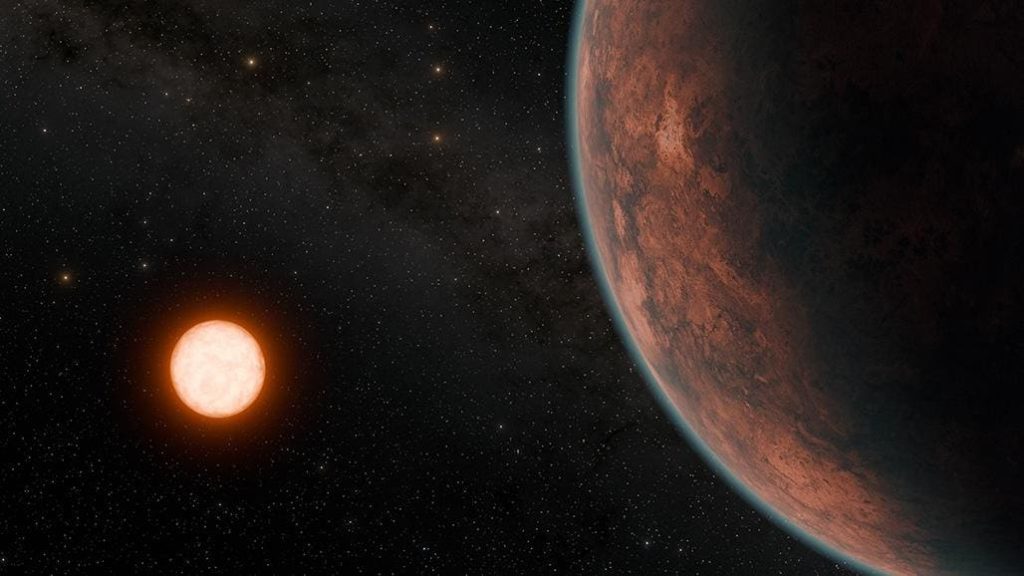A new exoplanet, Gliese 12 b, has been discovered just 40 light-years from the solar system that shows similarities to both Earth and Venus. This planet has an estimated surface temperature of 107°F (42°C), making it potentially habitable. While it is smaller than Earth and closer to its star, it shows no signs of extreme behavior like Venus.
The new work published today in the Monthly Notices of the Royal Astronomical Society by teams in Tokyo and London using data from NASA’s Transiting Exoplanet Survey Satellite telescope identifies Gliese 12 b as a promising candidate for further study. The James Webb Space Telescope will be crucial in determining whether this exoplanet has an atmosphere, which will be critical in determining its potential habitability.
Gliese 12 b orbits a red dwarf star, Gliese 12, which is smaller and cooler than the sun. This proximity allows the exoplanet to receive more sunlight than Earth but less than Venus. While red dwarf stars like Gliese 12 tend to saturate planets around them with X-ray flares that can strip away an atmosphere, Gliese 12 b does not exhibit such extreme behavior, giving hope for its potential habitability.
The team of researchers considers Gliese 12 b to be an “evil twin,” similar to Venus, but they cannot rule out the possibility that it could be an “Earth twin” with liquid water on its surface. The planet’s equilibrium temperature suggests Earth-like conditions, but the presence of an atmosphere could significantly affect its actual surface temperature, highlighting the importance of understanding the kind of atmosphere it may have.
The search for exoplanets, such as Gliese 12 b, is driven by the quest for liquid water, considered essential for the possibility of life. Studying the atmosphere of exoplanets can provide insights into their habitability pathways and whether they are more Earth-like or Venus-like. While Gliese 12 b is not the closest exoplanet to Earth that may support life, it presents a unique opportunity for study due to its proximity to the solar system and its potential habitability.
Researchers hope that the James Webb Space Telescope will be able to gather valuable data on Gliese 12 b to determine its atmospheric composition and further understand the habitability of this Earth-size exoplanet. The exploration of exoplanets like Gliese 12 b could provide valuable insights into the potential for life beyond our solar system and shed light on the different pathways planets take as they develop.


